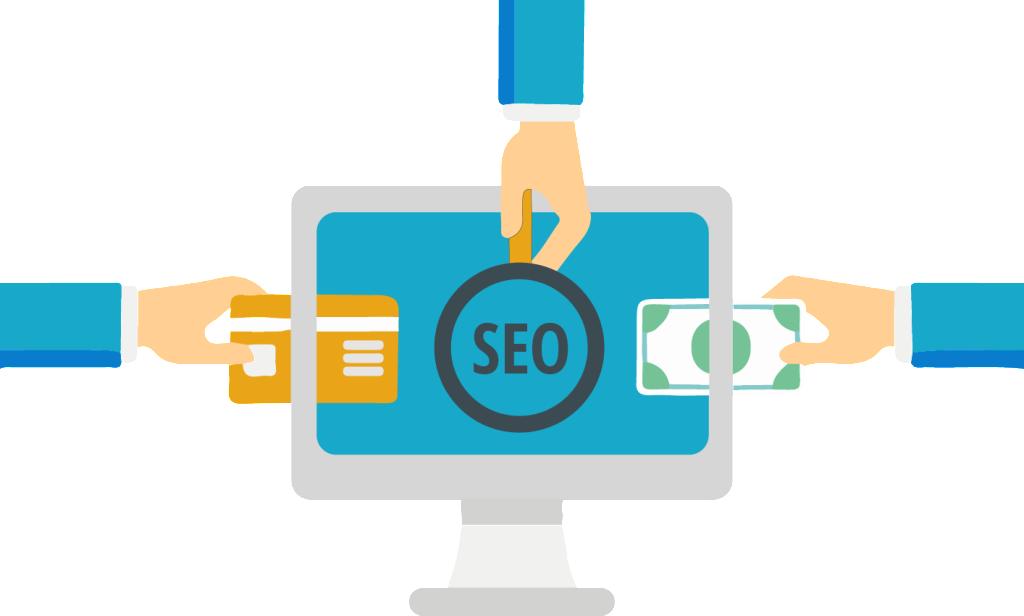The Ultimate Guide To SEO For E-Commerce Websites
There’s no denying that ranking higher than your competitors on Google and other search engines is essential, but if you don’t know the SEO tips and tricks that will get your site to the top you’re missing out on clicks (and also probably missing out on sales). If you want to learn how to get your e-commerce website to rank, you’ve come to the right place. We have outlined some SEO tips and tricks that we know will help you move up the ranks.

Part 1: Research
Before you begin any SEO work, you need to start with some research. This is actually the most important part of any campaign, as targeting the wrong keywords can be disastrous for the success of your website.
- Keyword Research: There are three areas that you need to focus on – finding keywords for your home and product pages, pinpointing keywords for blog topics, and avoiding keyword cannibalization (when multiple pages of the site are trying to rank for the same keyword).
- Competitor Research: You should consider – which keywords your main competitors are going for, where they’re getting their links, what their website architecture is like, and how you can differentiate your site from theirs (from more of a strategy point of view).
Part 2: Identifying Current Problems
After conducting your research, it’s time to carefully audit your current website to identify any problems that need to be fixed. There are plenty of things that you can (and should) focus on during this process.
- Quickly Find Errors: Some of the errors that we commonly come across include – 404 error pages (which need to be directed to actual content), 302 redirects (which need to be changed to 301 redirects), and duplicate content pages, meta titles and meta descriptions.
- Determine Site Speed: Visitors aren’t going to hang around and wait for a slow website to load. They’ll click back to Google and find a faster website, which is likely to belong to your competitor. There are plenty of ways to increase the speed of your site.
Part 3: On-Page Optimisation
This includes all of the actions that you take within your website to help it rank better. There are 8 key areas to focus on (including social media integration, site structure and internal linking), although some are more important than others.
- Keyword Optimisation: You need to ensure that each page has keywords in strategic locations, including – the page title, headers, URLs, subheaders, paragraph copy, meta title and descriptions, image file names, image alt tags, and product descriptions.
- Usability: This is super important, both for SEO and making your visitors happy. A great user experience means that the site is easy to use, fun and helpful. It also means that users will spend more time of your site and be more likely to return in the future.
Part 4: Testing
It’s important that you put a testing and optimisation strategy in place. You should use analytics (to see which keywords are converting the highest), use PPC campaigns, test meta titles and descriptions, and A/B test pages.
Part 5: Adding Blog Content
There are plenty of important keywords that simply don’t make it onto pages of your website, which is where blogs come in. Posts need to be high quality and user friendly – the content must be useful to the people reading it.
Part 6: Link Building
You should also concentrate on earning quality inbound links. You can usually tell the quality of a website just by looking at it. Achieve links by offering a guest post, a quote, co-authoring a study, or putting together an infographic.
Author Bio: John has been working as a freelance writer for Zeemo. The company is known to provide excellent services for web development, online marketing, web design and SEO in Melbourne for over a decade now


















